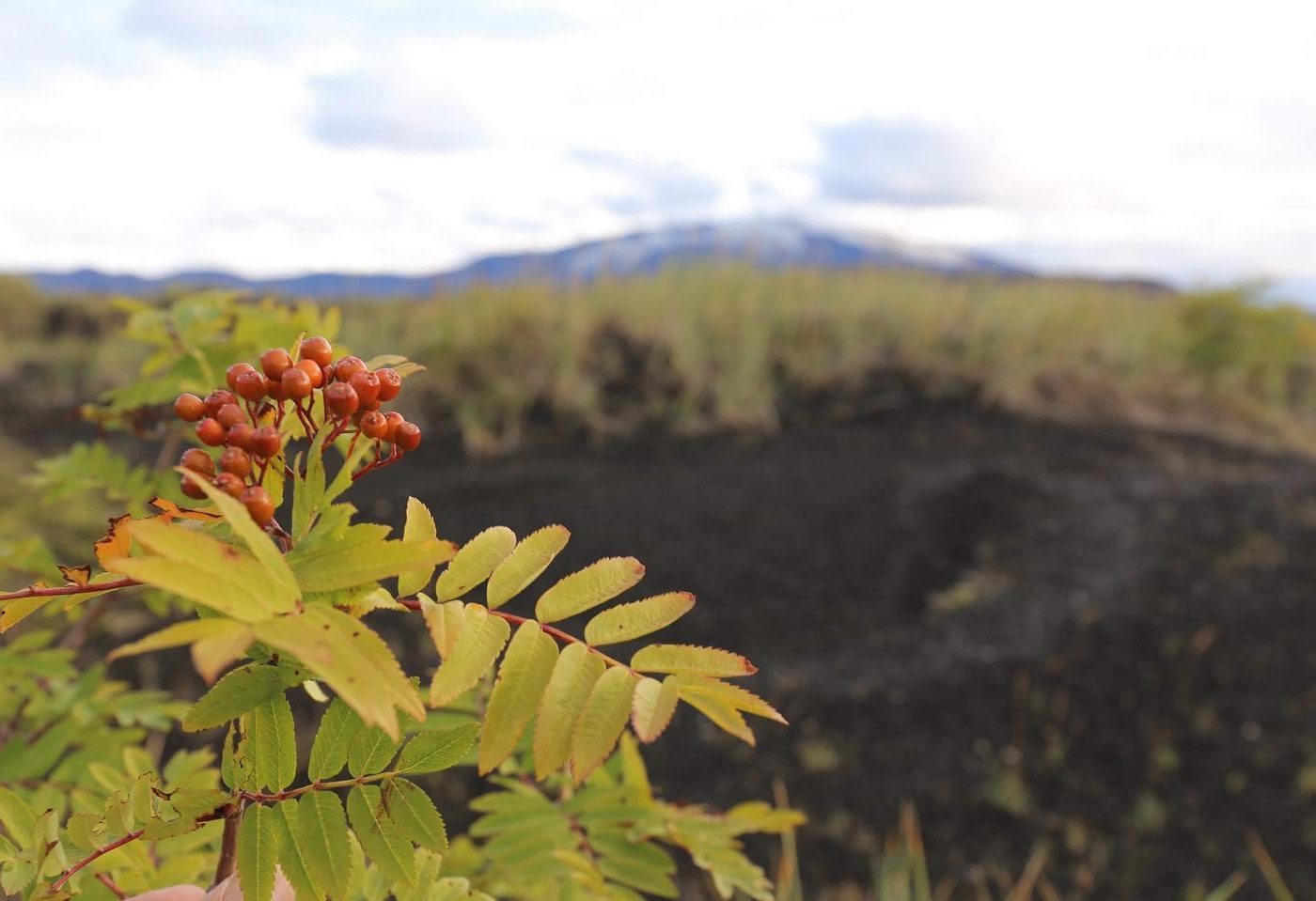Regulation on sustainable land use signed
21st May 2024
The Minister of Food, Bjarkey Olsen Gunnarsdóttir, has enacted a regulation on sustainable land use, effective September 1st. The draft regulation was initially presented for consultation in January and has since been revised based on feedback received during the consultation period.


This information is detailed in a news report on the Ministry of Food’s website. It says that there were 82 contributors to the consultation portal, including individuals, municipalities, sheep-gather committees, associations, stakeholders, and government institutions.
Specifically, guidelines for the utilisation of land in steep areas were eliminated from the regulation. Focus was placed on enhancing the comprehension of terminology in the regulation, as well as on the exchange of recommendations, rules, and guidelines. The evaluation of the condition and development of land will be conducted in accordance with the objectives of the Land Reclamation Law, which stipulates that land use considers the condition of the land in question. The regulation encompasses land use through livestock grazing, tourism, outdoor activities, crops, and infrastructure construction.
The ministry's news report indicates that soil contains substantial biodiversity and carbon reserves. Consequently, soil preservation is paramount to safeguarding the planet. The regulation mandates that land use resulting in land degradation cannot be deemed sustainable. It is presumed that extensive contiguous areas in severely degraded conditions (C-category) will not be designated as grazing land for livestock, and their utilisation cannot be considered sustainable. In such instances, the Land and Forest Iceland guides the landowner or rightholder to formulate a land compensation plan. This applies to all land use types covered by the regulation.
In conclusion, the Ministry's news report emphasizes that the new regulation represents a pivotal moment. It serves as a comprehensive guide for effective land management practices, aiming to mitigate the loss of valuable soil and facilitate the restoration of degraded ecosystems. Moreover, it presents potential opportunities for farmers and other stakeholders upon verification of sustainable land use practices.

